Big cats, from the majestic tiger to the elusive leopard, have intrigued humans for centuries, not just because of their power and grace but also due to their remarkable coat patterns. While some big cats sport eye-catching stripes, others are adorned with striking spots. These patterns are more than just aesthetic; they have evolved as essential tools for survival in the wild. This article delves into the reasons behind these fascinating patterns, offering insights into the biological and ecological factors that influence them.
The Role of Camouflage in Evolution
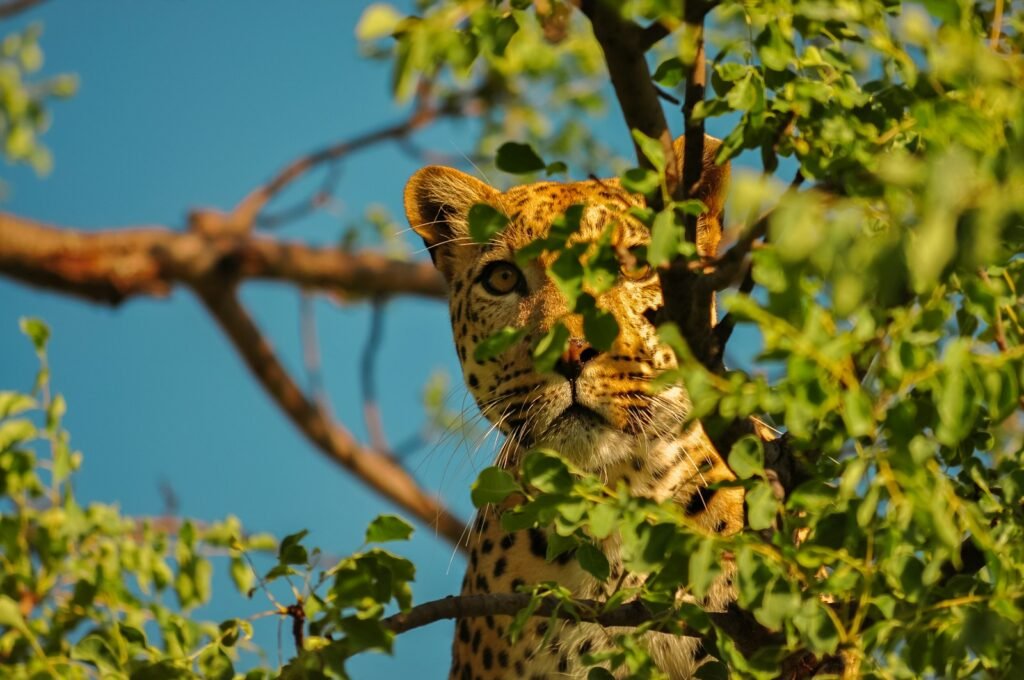
One of the primary reasons big cats have developed such varied patterns is camouflage. In the wild, blending into their environment is critical for both hunting and avoiding threats. Stripes and spots serve as natural camouflage, breaking up the outline of these cats and making them less conspicuous in their natural habitats. This adaptive trait has evolved over millions of years, significantly contributing to the survival and success of these powerful predators in diverse environments.
Understanding Stripes in Big Cats
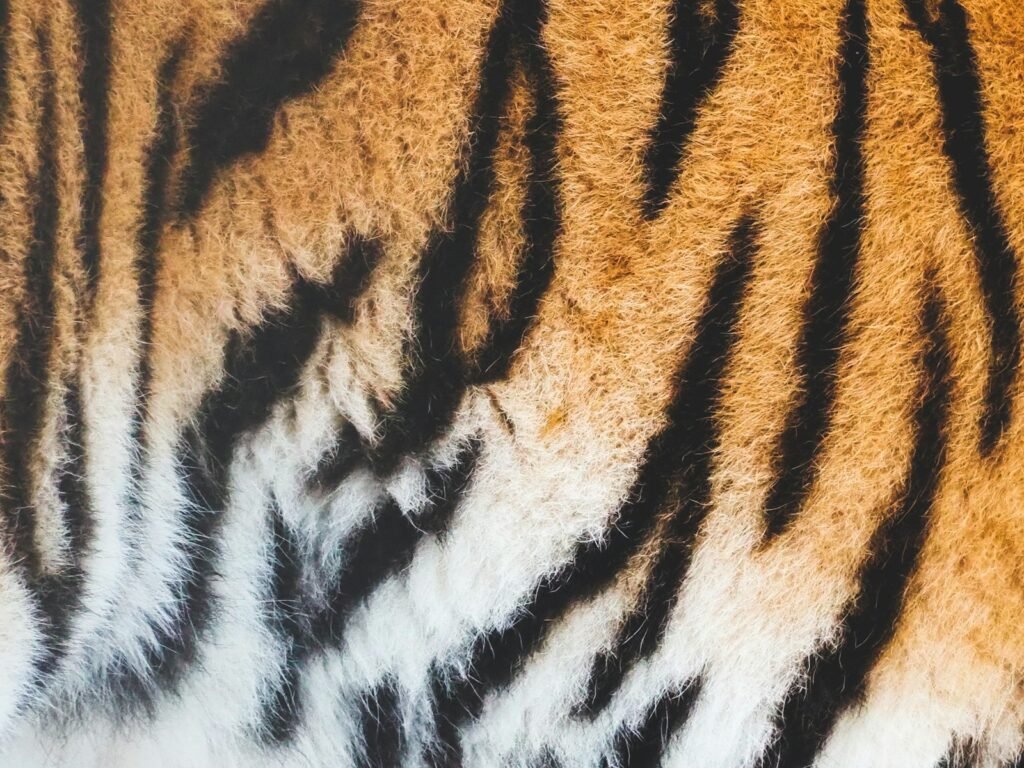
Stripes are most commonly associated with tigers. These striking patterns help them remain undetected in the dense forests and tall grasses where they hunt. The dark stripes mimic the shadow and light play of their surroundings, allowing them to approach prey stealthily. Each tiger’s stripes are unique, much like human fingerprints, which also assist in individual identification among researchers.
The Significance of Spots
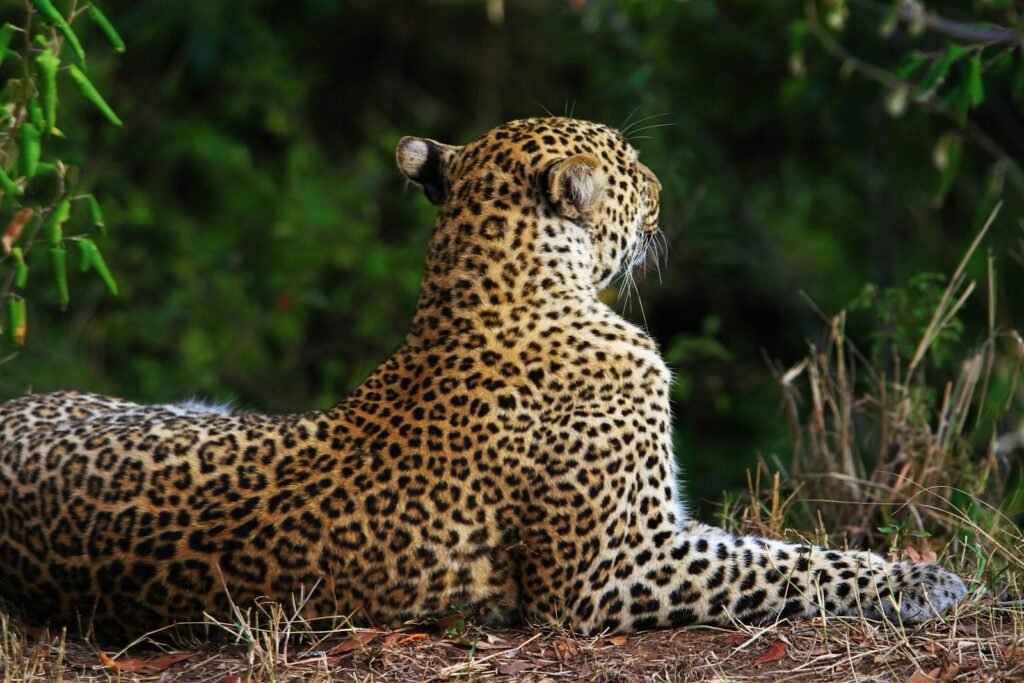
Leopards, cheetahs, and jaguars are the principal big cats known for their spotted coats. Spots serve a similar purpose as stripes, aiding in camouflage against the dappled light of a forest canopy or the shadows of rocky terrains. The arrangement and size of the spots can vary widely even within the same species, offering each animal a personalized blend into its specific environment.
Spot the Difference: Patterns of Leopards and Jaguars
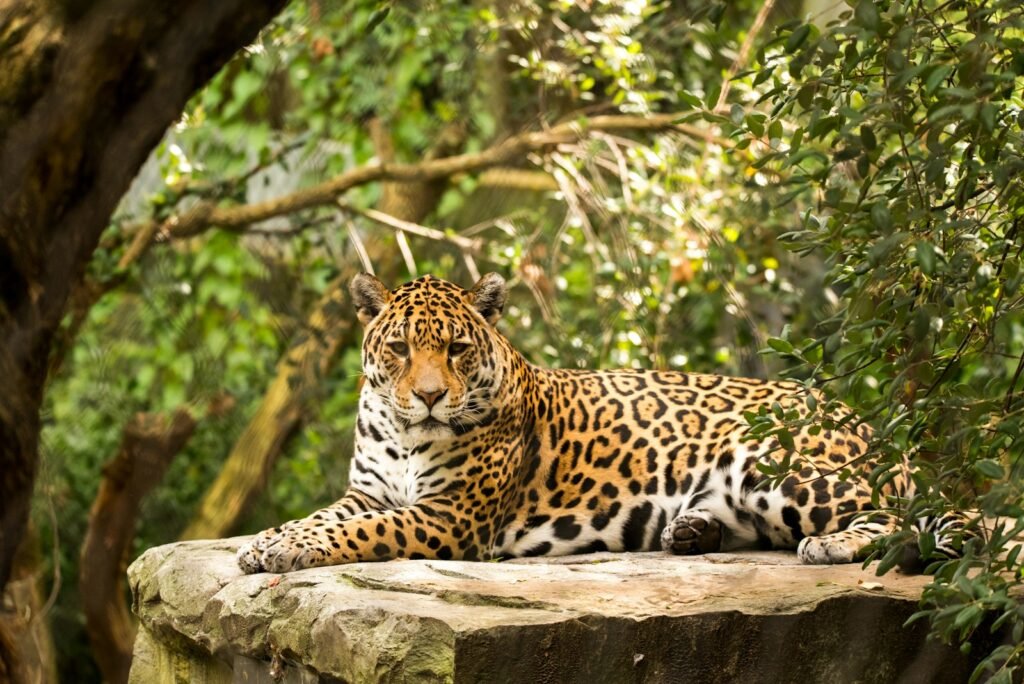
While both leopards and jaguars boast spots, these patterns are distinct from one another. Leopards have rosettes, which are flower-shaped markings, but they typically do not have a central spot. Jaguars, on the other hand, have larger rosettes with central spots inside them. These differences can also be linked to the different environments and behavioral patterns of each species.
The Fast and the Spotted: Cheetahs’ Unique Coat
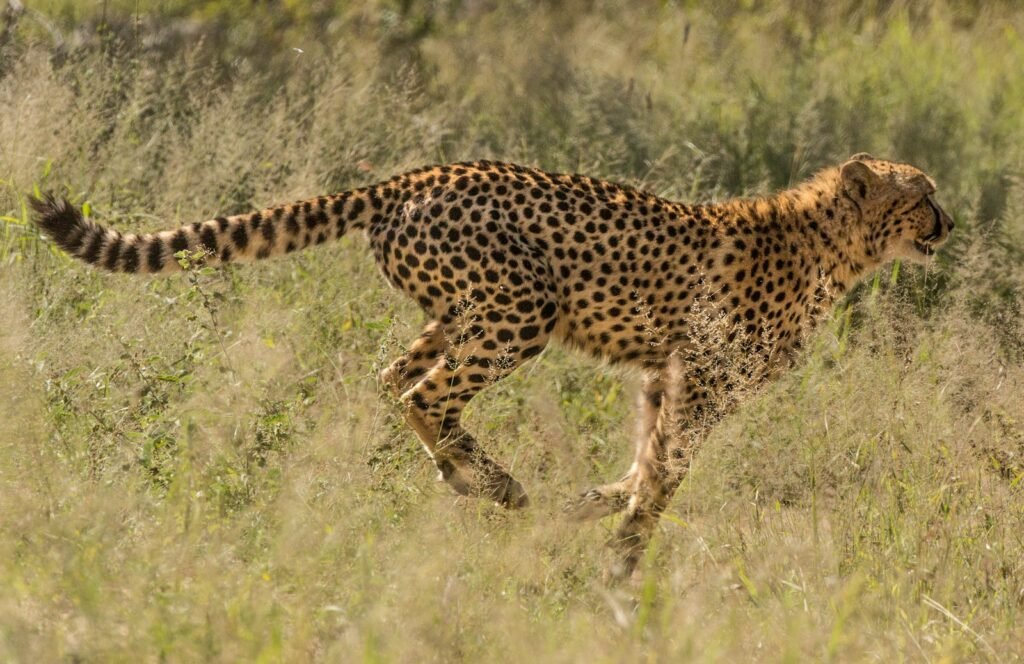
Cheetahs have simple black spots on a tan coat, quite different from the more complex rosette patterns of leopards and jaguars. Unlike other big cats, cheetahs rely heavily on speed to catch prey rather than ambush tactics. However, their spots still provide essential camouflage when stalking prey and during vulnerable moments, such as resting or raising young cubs.
A Closer Look at the Genetics of Patterns

The development of stripes and spots in big cats is governed by genetics. The Taqpep gene, identified in recent studies, is responsible for pattern formation. Mutations in these genes can lead to different patterns, such as the rare appearance of a white tiger or a king cheetah. Understanding the genetic basis offers broader insights into how subtle changes can have dramatic effects on survival and adaptation.
The Evolutionary Advantages of Pattern Variability
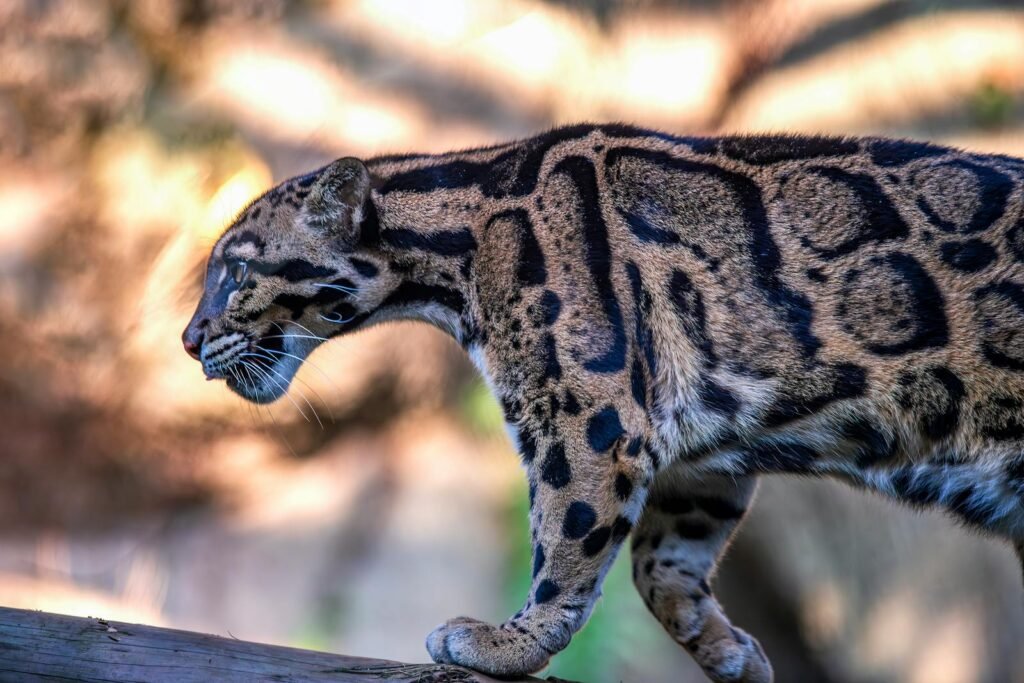
Variability in patterns among big cat populations can provide several evolutionary advantages. With different patterns, individual cats can exploit diverse niches and environments. This variability also contributes to genetic diversity, which is crucial for the resilience and adaptability of these species in the face of environmental changes and threats.
Human Impact: Conservation Challenges and Efforts
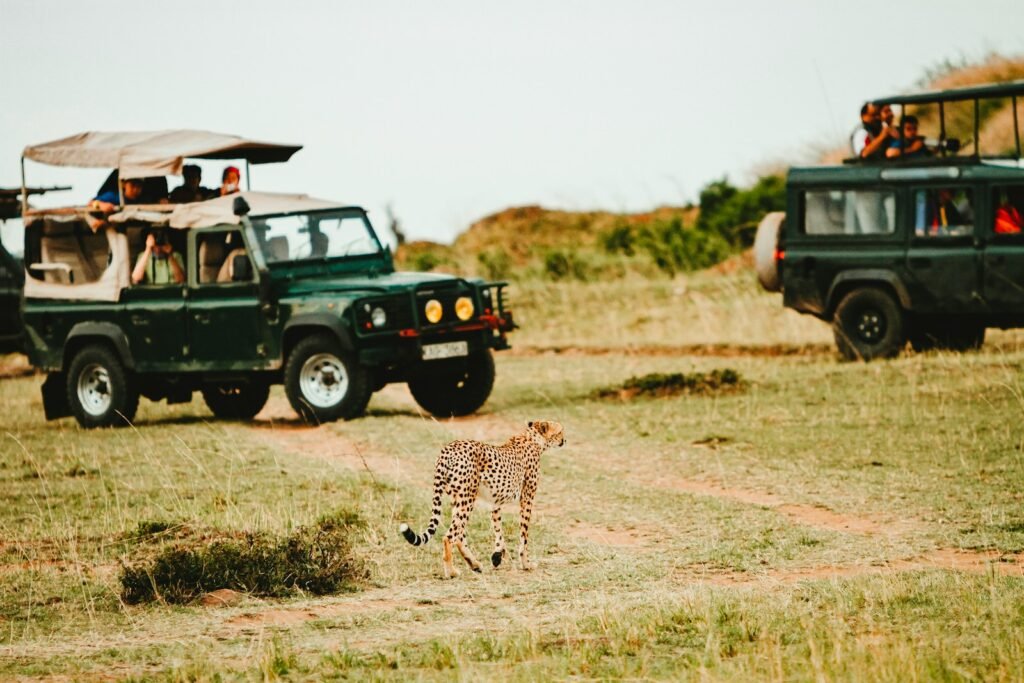
Human activities have significantly threatened the habitats and populations of these patterned predators. Habitat destruction, poaching, and climate change pose existential threats. Conservation efforts are crucial to preserving these magnificent creatures and their natural habitats. Projects focused on habitat preservation, anti-poaching laws, and breeding programs are essential components of these efforts.
Conclusion: Celebrating the Diversity of Patterns
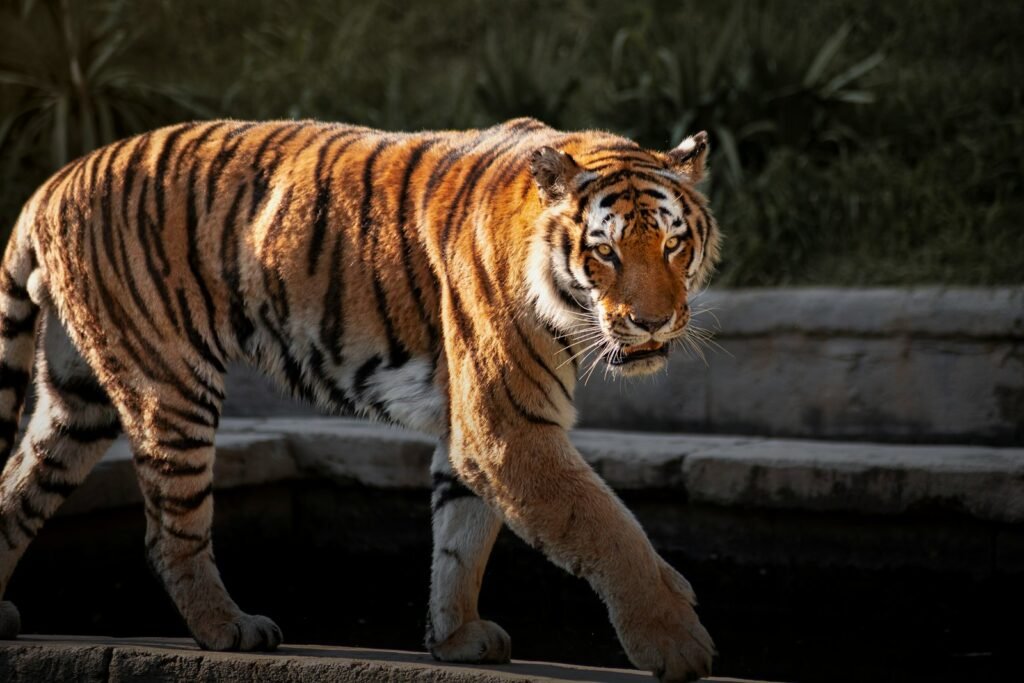
The stripes and spots of big cats are not only a topic of biological interest but also a testament to the beauty and complexity of nature. These patterns are emblematic of the evolutionary ingenuity that has enabled big cats to proliferate across varied landscapes. As we strive to protect these creatures, it’s important to appreciate and preserve the natural artistry that they display for future generations.

Growing up traveling and experiencing new cultures and wonders, I have had a passion for nature, adventuring, photography, and videography. I am currently working towards a BSc in Biodiversity and Ecology at Stellenbosch University, and I hope to specialise in Marine Sciences one day.
Please send any feedback to Feedback@animalsaroundtheglobe.com






